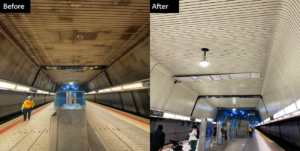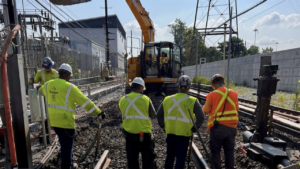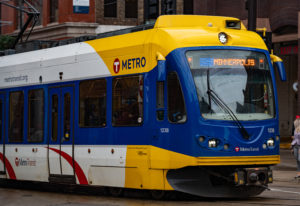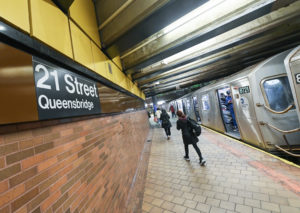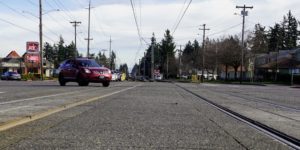BART looks to tame stray current with power infrastructure overhaul
Written by Mischa Wanek-Libman, editor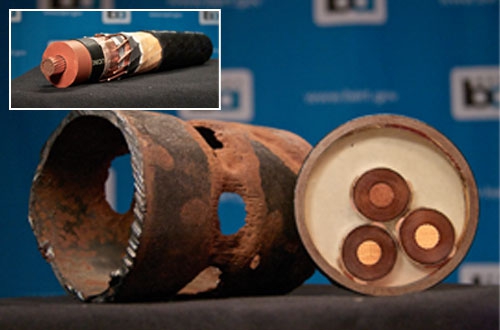
San Francisco area voters will decide the fate of Measure RR, a $3.5-billion ballot initiative, in November that would fund upgrades to Bay Area Rapid Transit District's (BART) aging systems.
Roughly 34 percent of the funds raised by Measure RR would go toward a planned power infrastructure overhaul of BART‘s all electric system.
BART says a “staggering amount of power” is required to move “all that weight¬– nearly a million pounds per fully loaded 10-car train.”
BART’s power is distributed through substations and special 34.5 kilovolts (kV) cables, which are about the size in diameter of a grapefruit because they are encased within nitrogen-filled pipes. The transit district says these cables and substations responsible for powering its system are outdated and in a state of age-related disrepair.
“Like water pressure’s tendency to spring leaks, current persistently seeks to rush from areas of high concentration to low concentration (the ‘ground’) and can leak through the old pipes. Over time, this ‘stray current’ can eat away at the already-decayed outer casing via a process called electrolysis,” said BART.
The transit district also mentions wasted gas from any hole means added costs; estimating it has spent almost $90,000 on nitrogen during the past fiscal year to keep the gas pressure high enough to insulate the cables in the decaying pipes throughout the system.
BART needs to replace these pipes, 34.5kV cables and substations with modern shielded cabling and new distribution hardware so the power can be properly stepped down and fed into the 1000-volt, electrified third rail.
“The cost of this project, to replace the nitrogen-filled pipes of yesteryear with modern cabling, is enormous: millions per mile,” said BART.
Measure RR, if passed, would raise $3.5 billion to help cover the cost of big-ticket repair items, with all the money dedicated by law to these capital improvements and additionally protected by an independent audit committee. BART says a full $1.2 billion of the $3.5 billion potentially raised by Measure RR would be slated to go toward rebuilding our power infrastructure.
BART says “keeping the electric horse tamed” is a top priority for system safety and reliability. In addition to detailing power upgrades that Measure RR would help fund, BART has also outlined how the ballot measure would pay for tunnel rehabilitation, as well.

